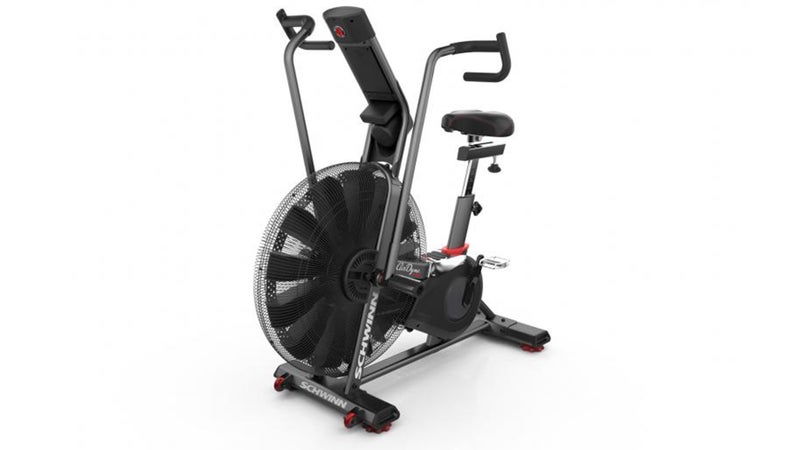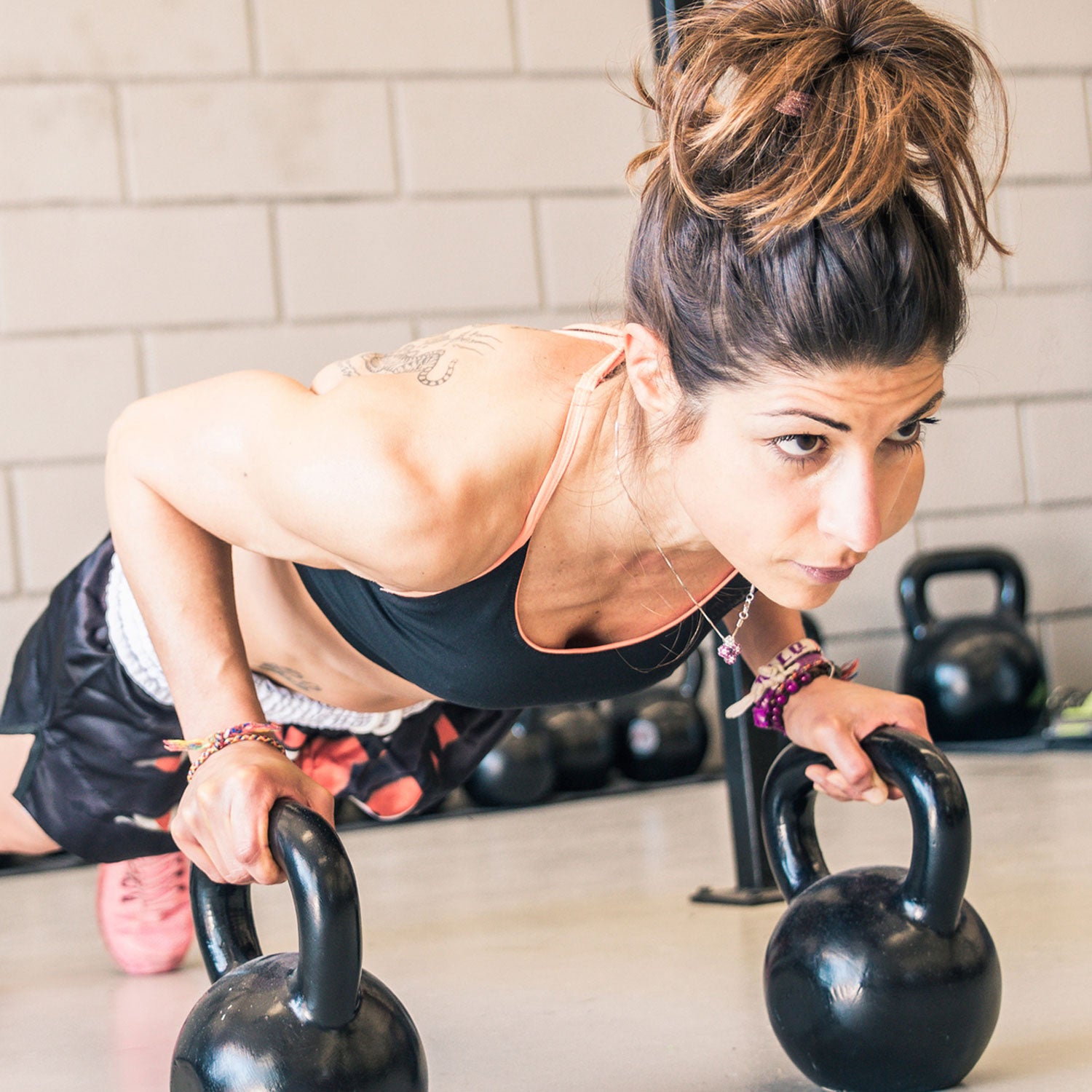Gyms are big business, pulling in around $22 billion annually as an industry. It helps that the average membership , and that figure skyrockets if you live in a city. Brooklynites, for example, pay about $135 a month┬áto hit the gym, while people who live in Austin pay $88. HereÔÇÖs another alarming fact: only about 33 percent of members use their gym enough to get their moneyÔÇÖs worth.
ThatÔÇÖs why you should consider buying some good at-home exercise equipment. You might invest more money up front, but youÔÇÖll save in the long term. ÔÇťThereÔÇÖs also nothing more convenientÔÇöa set of equipment in a closet is an excuse killer,ÔÇŁ says Kevin Larrabee, a trainer at Mike Boyle Strength and Conditioning and host of the FitCast, a popular fitness podcast. ÔÇťYouÔÇÖll also save commute time, there are┬áno crowds, and you can blast your own music.ÔÇŁ
And if you think the gym has some magic, fitness-enhancing power, think again. ÔÇťIÔÇÖm an employee at one of the best gyms in the world, and IÔÇÖve been able to have focused and challenging home training sessions thatÔÇÖve helped me get stronger,ÔÇŁ says Larrabee, who lives in an apartment in Boston. Of course, youÔÇÖll give up some of the fitness camaraderie youÔÇÖd find in a CrossFit box or boutique gym, but youÔÇÖre getting that with your running and riding buddies, arenÔÇÖt you?
Here are our favorite products.
The Essentials
These four items cover all your fitness bases and donÔÇÖt take up much room.
Super Bands
You can use these big, burly rubber bands to augment pullups, pushups, and squats. You can also use them for at-home rows. They roll up to the size of a pair of socks. Tuck them into a drawerÔÇöor back into your suitcaseÔÇöwhen youÔÇÖre done.
Two Key Exercises
- : Anchor the band to something secure, like a door handle or bedpost. Face the anchor with an outstretched arm, hold the band in one hand, and step away from the anchor until the band is taut. Pull the band into your chest. Repeat until fatigued, and then switch arms. This move is ideal for paddlers or climbers.
- : To make this classic exercise a little tougher, do pushups with the band looped under both hands and around your back.
We like: ($23)
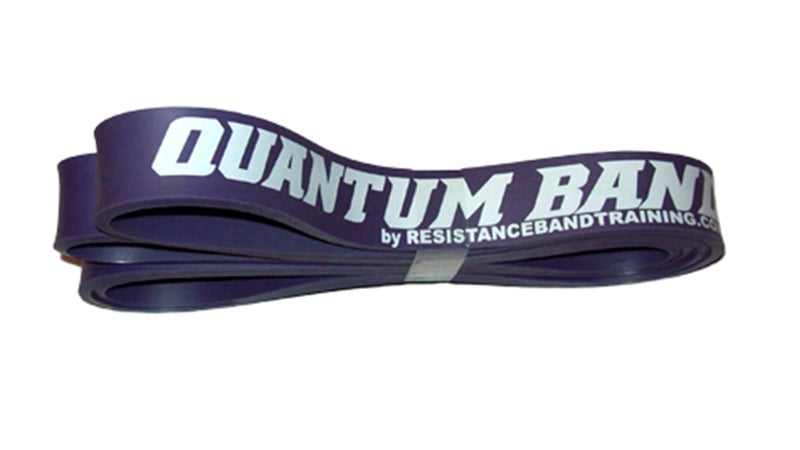
Pullup Bar
The pullup is a staple in workouts ranging from old-school bodybuilding routines to CrossFit burners.┬áThe ability to perform them┬áis required for entry into the military and FBI. ItÔÇÖs just about the best bodyweight exercise you can doÔÇöespecially for mountaineers and climbers.
Two Key Exercises
- : You know what to do. A few pointers: Keep your body perfectly straight throughout, and for most reps, try to use the handles that allow your palms to face each other, which puts less stress on your elbows.
- : Tight lats can cause everything from shoulder to hip pain. This move loosens your lats, helping you avoid injury. Using an overhand grip, hang from the bar with your arms straight. Flex your hamstrings so your pelvis is tilted slightly forward. Now take a big breath in, then slowly blow it all out. You should feel a stretch in your lats. Repeat.
We prefer bars that hang on your door frame because theyÔÇÖre versatile and┬ásecure┬áand donÔÇÖt require any drilling. Try: ($24)
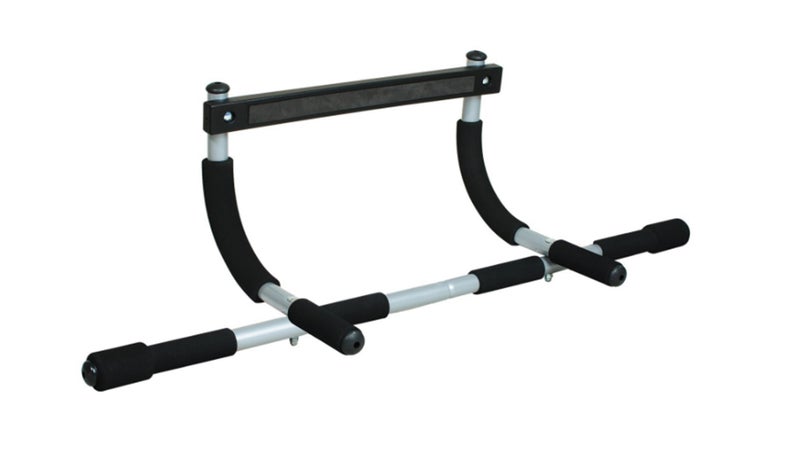
Suspension Trainer or Rings
Suspension trainersÔÇöbasically two straps that hang from a door frameÔÇöallow you to make any bodyweight exercise harder. You can stuff them in a drawer when not in use. Members of the military have been known to bring these along when deployed.
Two Key Exercises
- : This move teaches you to lock down your core while extending your limbs, which is important in everything from mogul skiing to fly-fishing. Get into a plank position with your forearms flat on the ground and feet in the suspension trainer handles. Your body should be rigid and parallel to the ground. Keep straight as you push your body backwards about a foot. Pause, then move your body forward, away from the handles. Continue that back-and-forth motionÔÇölike a sawÔÇöuntil fatigued.
- : Hold the handles and face the anchor. Lift your left foot slightly off the ground. Push your hips back, bend your right knee, and squat, keeping your left leg out in front of you. Drop until your knee is 90 degrees or lower, then push back up. Try to use the handles as little as possible throughoutÔÇötheyÔÇÖre only for stability. Do all your reps, then switch legs.
We like: ($150)
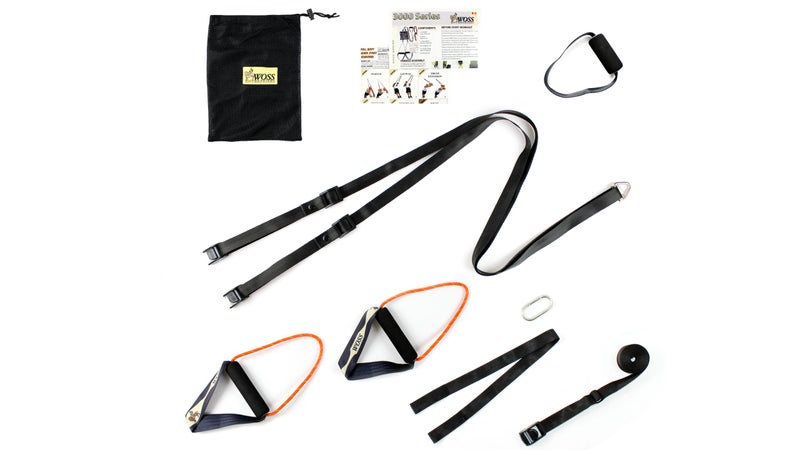
Valslides or Paper Plate
Easy to toss into a drawer or carry-on, these simple pads make any exercise less steady, which strengthens your core and small (but important) stabilizing muscles.
Two Key Exercises
- : You probably donÔÇÖt work your hamstrings and glutes enough, but theyÔÇÖre actually your bodyÔÇÖs most powerful muscles. For this move, lie on your back with your legs straight and heels on the slides. Raise your pelvis slightly off the floor, then slide your heels toward┬áyour butt until theyÔÇÖre under your knees. Slowly extend your legs back out and repeat.
- : Stand with your feet hip-width apart and your left foot on the plate. Slide your left foot back, bending your right knee and dropping into a lunge position. Repeat to fatigue, then switch. This lunge variation leads to better form, mobility, and muscle activation.
We like: ($30) or, if youÔÇÖre on a budget, actual paper plates.
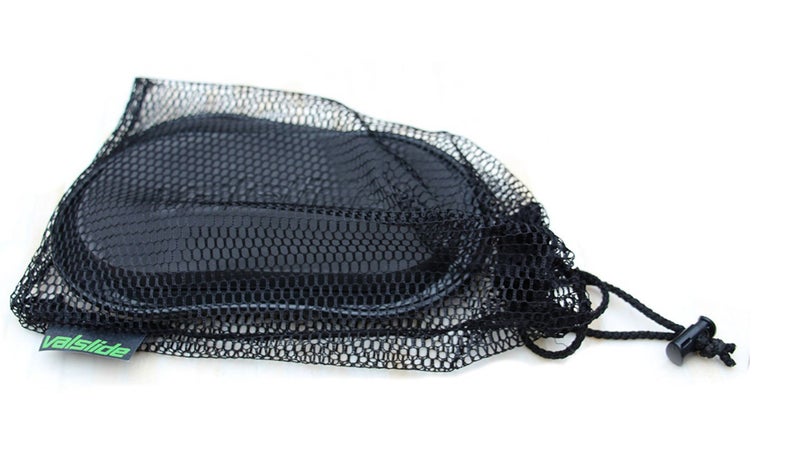
The Hard and Heavy Items
Take your at-home gym to the next level by adding some heavy weights to the mix.
Kettlebells
These small but effective weights allow you to do heavy, explosive exercises from the comfort of your apartment. Runners, cyclists, hikers, and skiers take note: Kettlebells are especially great for strengthening your lower body. Kevin Larrabee recommends getting three sizes: 26, 44, and 70 pounds.
Two Key Exercises
- : This move builds the power in your glutes, which are your ÔÇťgo musclesÔÇŁ for running, cross-country skiing, and riding. (Stronger glutes may also help reduce your risk of injury, according to Larrabee.) Stand with a kettlebell on the floor about two feet in front of you, your feet shoulder-width apart. Bend over, keeping your back straight and knees slightly bent, and hold the handle of the kettlebell. Hike it back between your legs. Now thrust your hips forward, stand tall, and let the weight swing to shoulder level with your arms straight out. Repeat, hiking the weight back down through your legs, then swinging it up again.
- : Outdoor athletes are prone to imbalances, and this exercise is a total body tune-up that helps prevent injury. ItÔÇÖs quite a complicated move, so we recommend simply watching the video.
We like: ($40, $55, and $85)
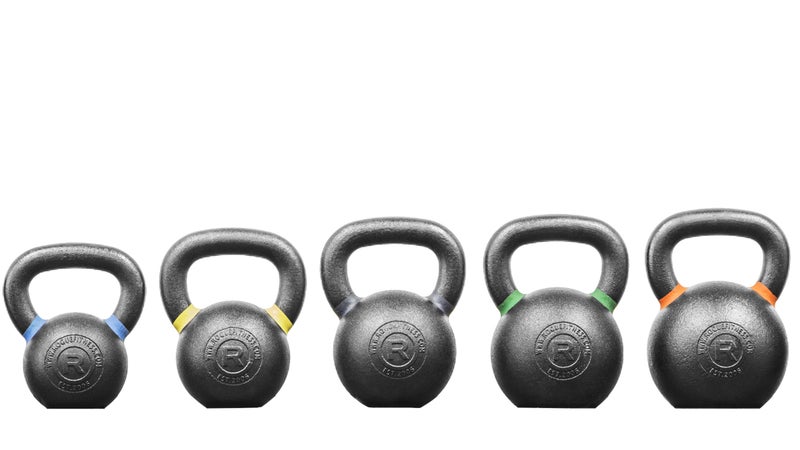
Weighted Vest
Toss on a weighted vest and your entire workout becomes more challenging. If youÔÇÖre especially masochistic, you can load a vest with 20┬ápounds and do the famed CrossFit workout Murph, where you run a mile, do 100 pullups, 200 pushups, 300 squats, then run another mile.
Two Key Exercises
- Pullup: While wearing the vest, do a basic pullup. Try to keep your body straight throughout, and think about slow, controlled movement.
- : Critical for hikers and mountaineers, this exercise improves your balance, mobility, and ability to carry a heavy load over a distance. Step forward with your right foot and lower your body until your right knee is bent 90 degrees. Stand up and immediately repeat with your left leg. Think of it as walking lunges in place.
We like: ($57)
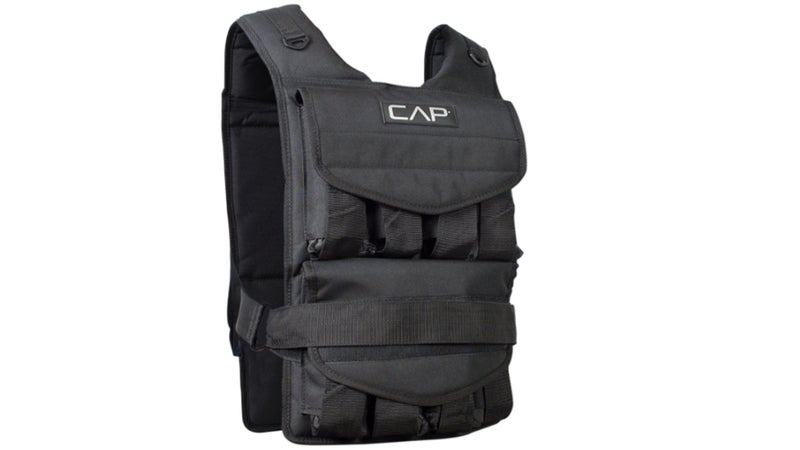
The Final Touches
YouÔÇÖll be better equipped than most gyms if you cap off your at-home quiver with these two purchases.
Sandbags
When you incorporate sandbags into various moves, the weight shifts inside the bag, forcing you to engage your stabilizing muscles and core. This can improve your balance and help you stay on your feet on technical trails.
Two Key Exercises
- : Hug the bag so itÔÇÖs up against and parallel with your torso. Slowly squat, keeping your torso upright. Because youÔÇÖre hugging the heavy weight, this squat also recruits all of your upper body.
- : Hold the handles of the bag┬áwith┬áyour arms straight and at your waist. Perform a reverse lunge. As you do so, drop the bag to the side of your forward leg, locking down your core to resist the bagÔÇÖs pull. Reverse the move and immediately repeat on the other side.
We like: ($230)
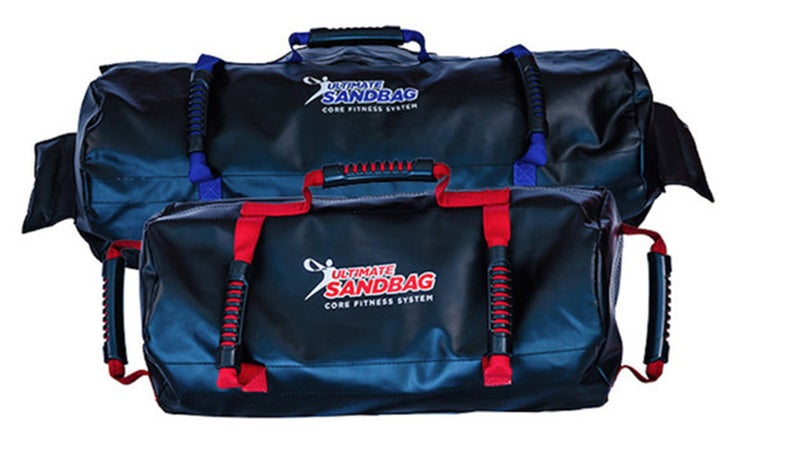
Fan Bike
This cardio machine doesnÔÇÖt take up much space, but itÔÇÖs arguably the best interval trainer in the world. It engages your entire body, leverages exponential resistance (translation: the harder you pedal, the harder pedaling becomes), and is safer than most other cardio machines because you canÔÇÖt mess up your form.
Two Key Exercises
- : This famous routine will wipe you┬áout. ItÔÇÖs┬áfrom Japanese scientist Izumi┬áTabataÔÇÖs┬á┬áin which a group of PE students performed the following workout five days a week for six weeks and increased their anaerobic capacity 28 percent:┬áPedal as hard as you can for 20 seconds, followed by ten┬áseconds of rest. Repeat eight times. If you feel like death afterward, youÔÇÖre doing it right.
- Ten-Minute┬áMax Calories: Regardless of whether you want to lose or gain weight, calorie burn is an easy, tangible way to measure effort. Set the bikeÔÇÖs computer to display calorie burn. Burn as many as you can in ten┬áminutes. A good score is 300 calories. Try to beat your score every time you do this test. ItÔÇÖll hurt, but youÔÇÖll be better for it.
We like: ($999)
